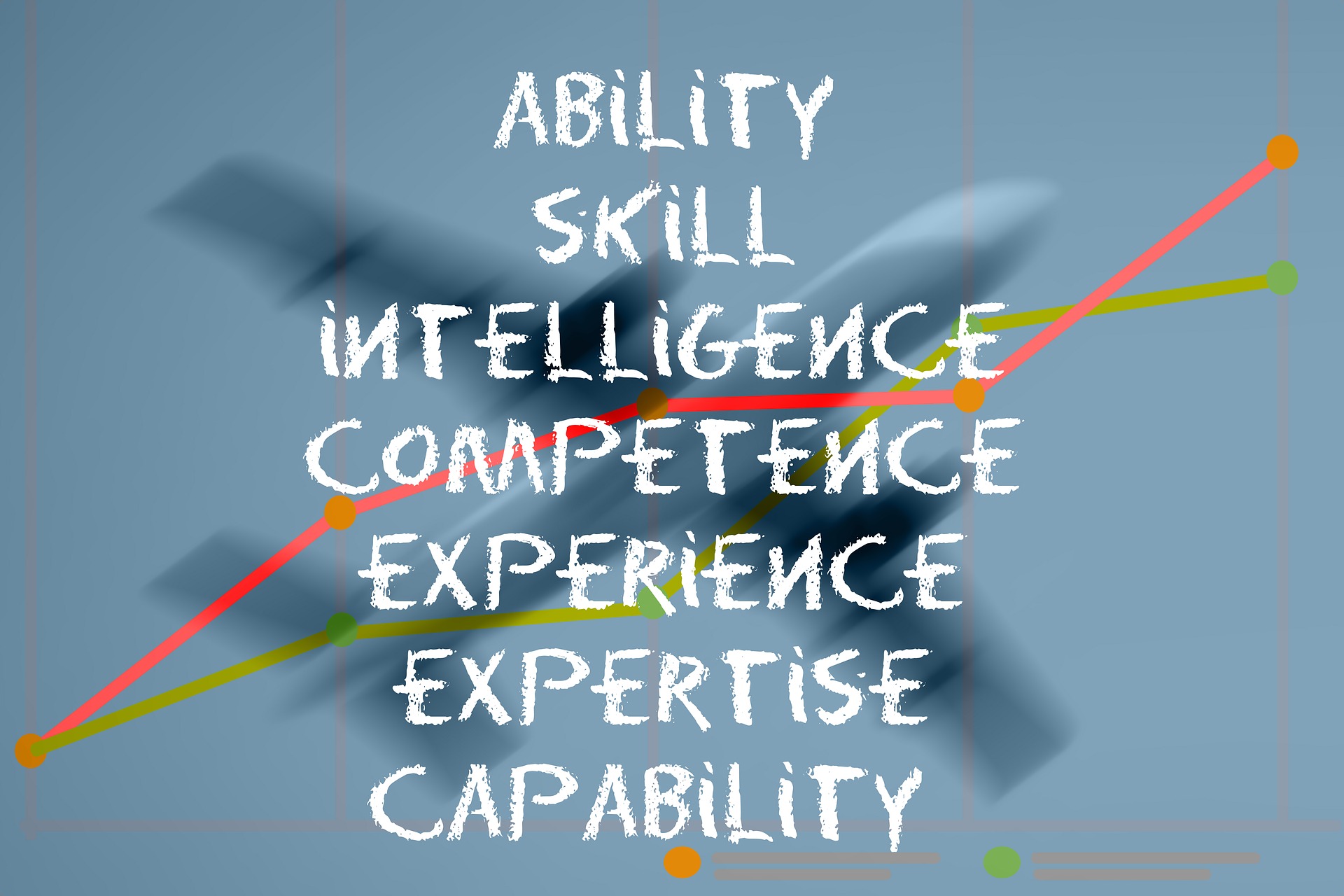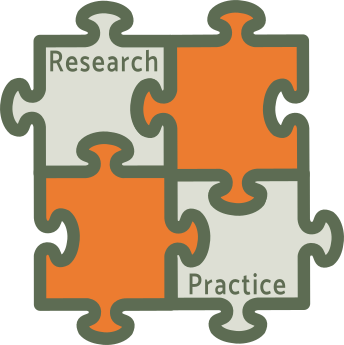News & Insights related to Business – IT alignment

Improving performance by developing competence of IT staff
The competence of IT staff is shown to positively affect strategic alignment and organizational agility. Investing in IT assets and competence is therefore important, but also involves risk of producing rigidity.

The productivity paradox of information technology
The productivity paradox of information technology refers to an observed inconsistency between technological advances and productivity growth. Many studies show that information technologies have no effect on performance in an off themselves – rather, they must be combined with other organizational resources to create competitive advantage.
Organizational agility
Information systems strategy
IT and innovation
Business – IT alignment

Improving the value of strategic IS research for practitioners
Many information systems scholars address issues that are of high practitioner concern, and results from collective research efforts can provide meaningful advice to practitioners in areas of high strategic importance. This requires effective exchange of relevant knowledge between researchers and practitioners.
Information systems strategy
Business – IT alignment
Digital transformation
Digital leadership
Topics